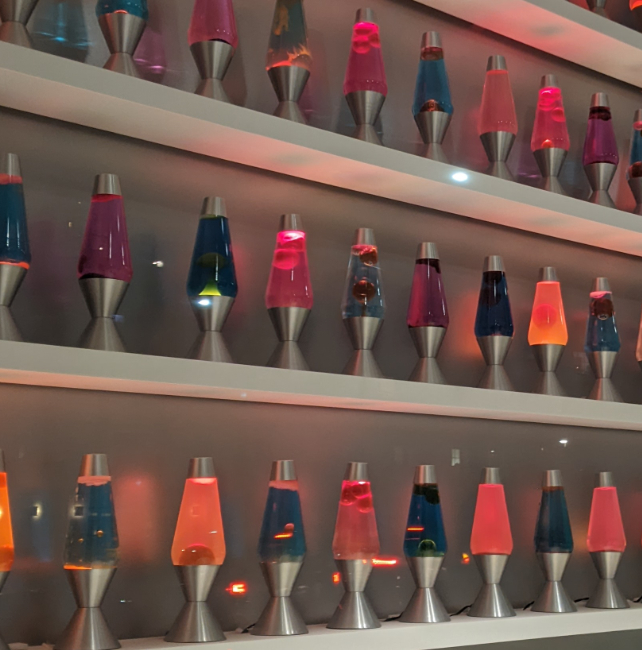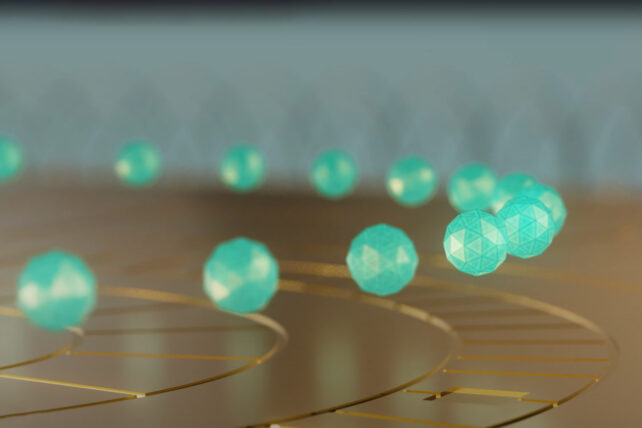A quantum machine has used entangled qubits to generate a number certified as truly random for the first time, demonstrating a handy function that's physically beyond even the most powerful supercomputer.
Researchers from the US and UK repurposed existing quantum supremacy experiments on Quantinuum's 56-qubit computer to roll God's dice. The result was a number so random, no amount of physics could have predicted it.
Quantum technology is becoming critical for secure electronic communication as cybersecurity threats increase.
Computer scientist Rajeeb Hazra, president and CEO of Quantinuum, says this is "a pivotal milestone that brings quantum computing firmly into the realm of practical, real-world applications."
Several years ago, University of Texas Austin computer scientists Scott Aaronson and Shih-Han Hung proposed a way to generate certified random bits based on random circuit sampling – a method to test a device's ability to squeeze as much quantum magic from its qubits with the least amount of classical tinkering.
"When I first proposed my certified randomness protocol in 2018, I had no idea how long I'd need to wait to see an experimental demonstration of it," says Aaronson.
"Building upon the original protocol and realizing it is a first step toward using quantum computers to generate certified random bits for actual cryptographic applications."
When we roll dice, pick a card, or think of a number between one and a billion, our actions are a combination of countless rules, each as fundamentally reliable and predictable as a pendulum's swing. Even chaotic phenomena like the swirl of wax in a wall of lava lamps are – in theory – destined by thermodynamics.

As complex as this web of rules might appear, the fact they are each predetermined to have a single outcome by physics leaves room for patterns that could be exploited by a sufficiently smart computer. Which isn't what you want when you'd prefer your encryptions to be impossible to break, or your Dungeons and Dragons half-elf paladin to have a truly random charisma score.
Quantum physics plays by a different set of rules, one with its own built-in random number generator determining a particle's properties. As far as we know, there are no hidden strings at work nearby that a supercomputer could cleverly hedge its bets on.
Stitching together the fates of 56 'quantum dice' and using Aaronson's and Hung's protocol to minimize the intrusion of classical physics, the team forced Quantinuum's device to solve a series of problems that relied on its random selection process.
To make sure the end result qualified as suitably random, the researchers verified the result across multiple supercomputers using a standardized benchmark protocol that compares the quantum server's results with theoretical ideals.

With a combined performance of more than one million trillion operations per second (1.1 exaflops), the computers gave the process a score that easily clears the benchmark for true randomness. This result left no doubt that the solution contained no loopholes a bank of advanced supercomputers might find and unravel, given enough time.
Using quantum uncertainty to generate random bits isn't new in itself. Yet by accessing Quantinuum's recently upgraded System Model H2 quantum computer over the internet to carry out the task, the team demonstrated the ultimate game of 'pick a number' could soon be played by just about anybody around the world.
"Our application of certified quantum randomness not only demonstrates the unmatched performance of our trapped-ion technology," says Hazra, "but sets a new standard for delivering robust quantum security and enabling advanced simulations across industries like finance, manufacturing, and beyond.
This research was published in Nature.
